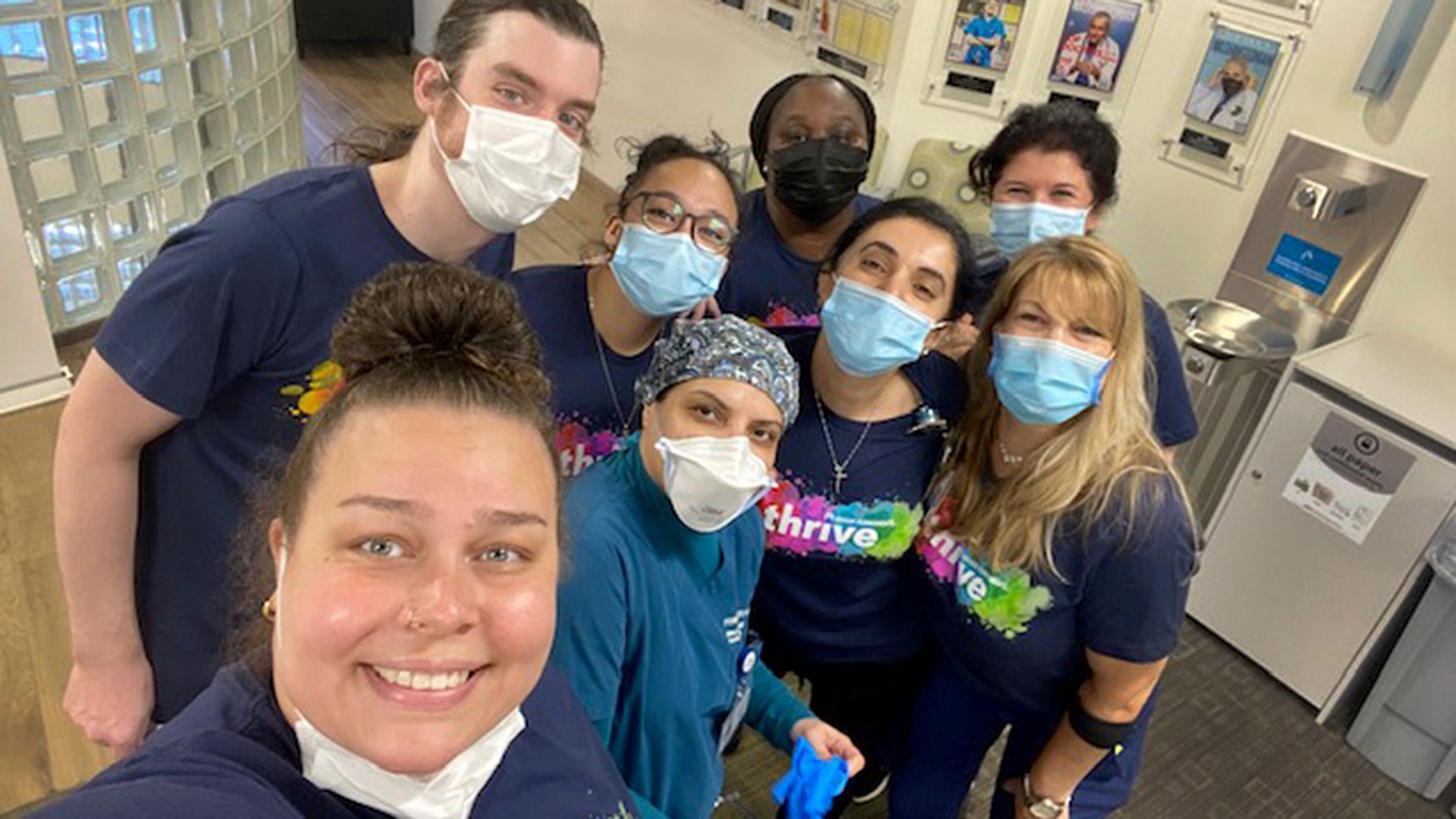
It's all in the cards for this urgent care team. All in the prompt cards, that is: a friendly reminder to collect demographic information from patients.
Speaking the Same Language Improves Care and Understanding
Medical treatment is more effective when caregivers know their patients’ race, ethnicity, and primary language because it helps staff to identify and address health risks and needs. In the fast-paced Urgent Care department in Reston, Virginia, team members sometimes were unable to collect information because patients did not consistently complete and return demographic questionnaires during their visit. Results improved after they began using a prompt card as a reminder to ask patients about their backgrounds. Good-natured competition between workers also kept everyone engaged in collection efforts. Now demographic questions are part of the workflow, and the team captures the language preference of 98% of patients compared to 2% of patients in 2018. Even better, the practice has spread to the Caton Hill Advanced Urgent Care team in Virginia where new hires are trained to verify and document patient demographic data in medical records.
What can your team do to standardize collection of demographic information and make it part of the workflow?
Here's What Worked
- Asking members about their race, ethnicity, and preferred language helps caregivers identify and address health risks and provide culturally competent care
- Using a prompt card at the start to remind team members to ask patients for their demographic information
- Holding friendly competitions to keep team members engaged
of all new patient profiles include demographic information
Need an Idea? Borrow One!
debug - term_args : 0
